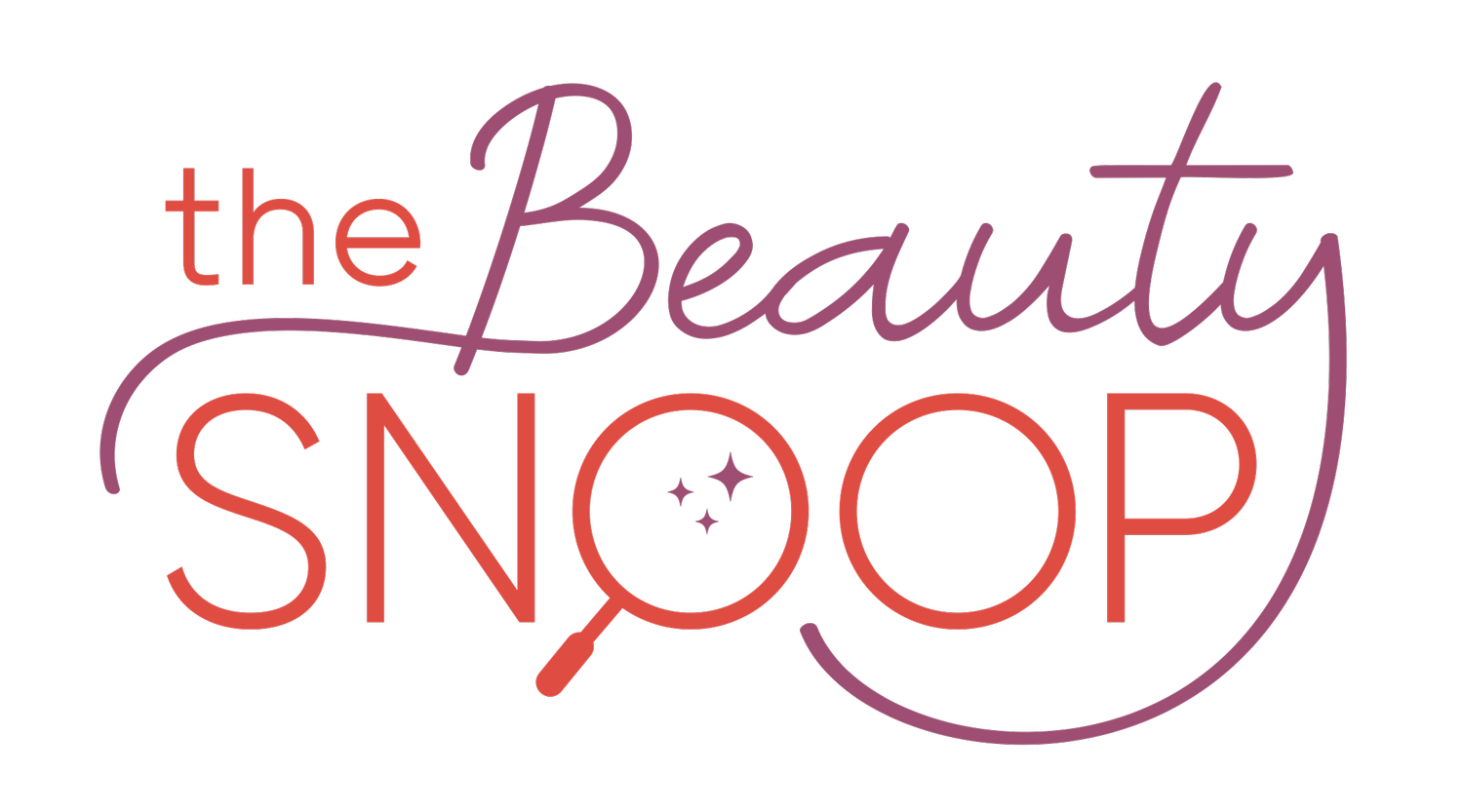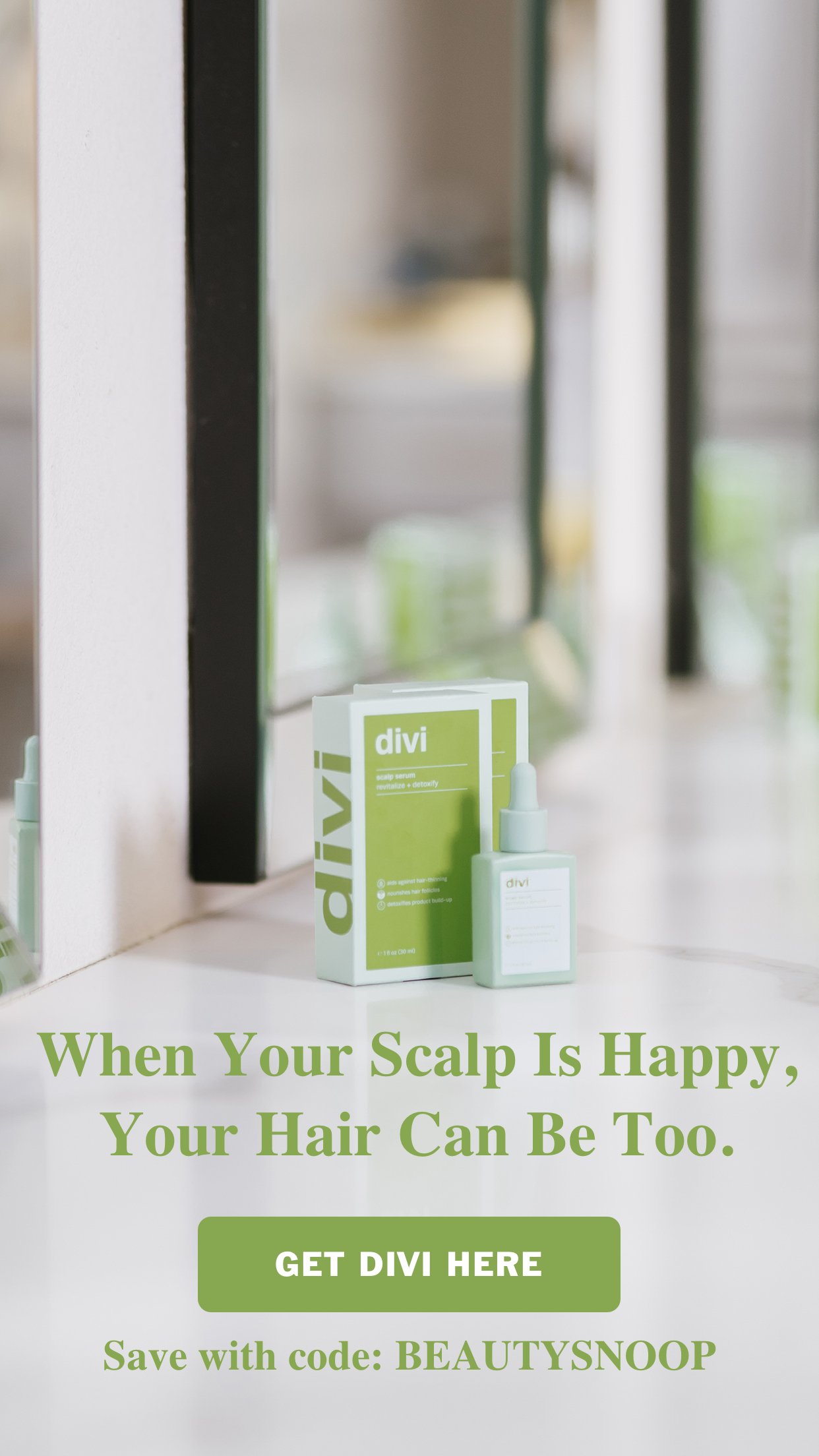ASK THE EXPERT: WHAT IS CO-WASHING?
/
Today's question came in from reader Kristen, who said- 'Will you do a post about
co-washing? I was reading about it online for curly hair, and I don't get it...?'
Excellent question Kristen! And thanks for sending it in so that I can clear up any confusion or maybe teach you something new.
What is Co-Washing? Co-washing stands for Conditioner Washing.
Many women with natural curly hair have been using the conditioner wash method for a long time. But, the movement has picked up steam in recent years due the mainstream introduction of non-lathering cleansers and creams. You can check those out below.
Who should be co-washing?
-Anyone who suffers from extremely dry or frizzy hair (especially curly hair)
-Someone with dry, tight, or flaky/peeling scalp
-Someone who has trouble with rapid hair color fading (ie. rapid fading due to the use of fashion colors [blues, pinks etc.] or very porous damaged hair that cannot hold color)
-Someone has sensitivity or allergy to common detergent ingredients found in traditional shampoo
Who shouldn't be co-washing?
-Anyone with excess oil in the hair and scalp
-Someone with very fine, thin or limp hair who struggles to achieve volume at the crown
-Someone who wears glue, bead, or tape-in extensions (conditioner can cause slipping at the point of the bond, so avoid use at the scalp, but go ahead and go buck-wild with conditioner on the lengths of your extensions)
What is the process of co-washing?
Co-washing is done in the shower just like a traditional hair cleansing, but instead of using a lathering shampoo- you use only conditioner to cleanse the hair and scalp. After thoroughly saturating the hair and scalp with warm water, first use the pads of your fingers (never your finger nails) to loosen up the scalp by massaging vigorously. This massaging action will begin to loosen any oil, dirt or product buildup on the scalp, and separate the hair so that your fingers will be able to move through the hair without too much tugging.
Next, do a thorough rinse in the warm water again to remove initial oils and buildup. Then apply a generous amount of your conditioner starting at the crown (the highest point toward the back) of your head and also to your hairline and temples where hair is the most oily. Spread the conditioner around focusing on the scalp, not the hair. Again, using the pads of your fingers massage the conditioner vigorously to cleanse the scalp and lift away oils and buildup.
When the scalp has been thoroughly cleansed, use a wide-tooth shower comb to detangle the hair from root to end and spread the conditioner through the remaining lengths of hair.
Finally, rinse the conditioner out for several minutes to ensure it is completely removed. While rinsing continue to work the scalp to aid in the rinsing process. Style the hair as usual following your co-wash.
* * *
It is hard for me to say rather co-washing is right for you or not. You'll have to experiment with the results and determine that for yourself. But I have gone through periods with my hair where conditioner washing was needed, specifically when I was growing my hair long and dealing with breakage, and when I was transitioning from blonde hair to brunette and my color was fading too quickly. I still prefer a traditional sulfate-free shampoo most of the time for myself, but I have several curly haired clients who swear by the technique. And also hippies... hippies love a good ol' co-wash :)
You can shop my recommended conditioning cleansers below, and please let me know your favorites and results! Thanks for reading- I'd love for you to sign up for email posts on the top left sidebar so you don't miss out on all things beautiful.











